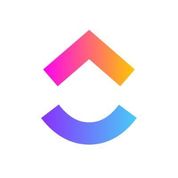Glasscubes is a Collaboration Software. Glasscubes offers Synchronous Editing, Group Calendars, Discussion Boards, Cooperative Writing, Chat (Messaging) and many more functionalities.
Some top alternatives to Glasscubes includes Teamwork, CollaborateCloud, ClickUp, Microsoft SharePoint and Ideagen Huddle.
Yes, Glasscubes provides API.
Yes, Glasscubes provides a mobile app.
Glasscubes is located in London, United Kingdom
Glasscubes offers Free Trial, Subscription pricing models
The starting price of Glasscubes is $35/Month




























